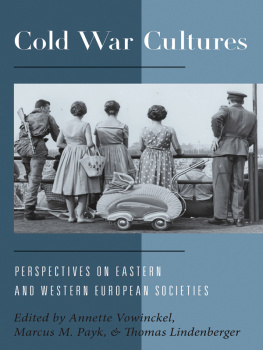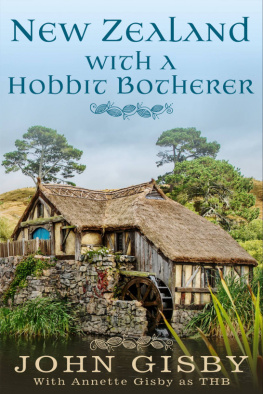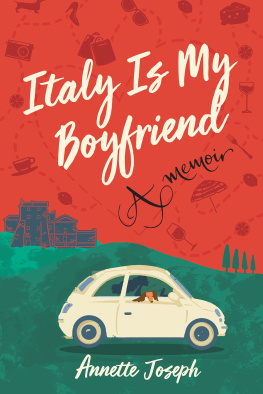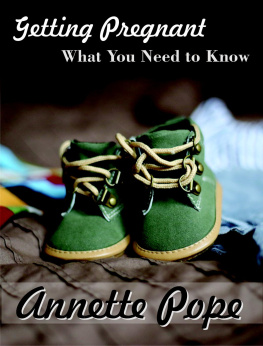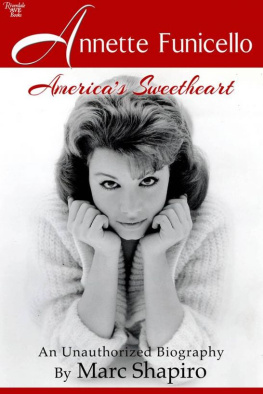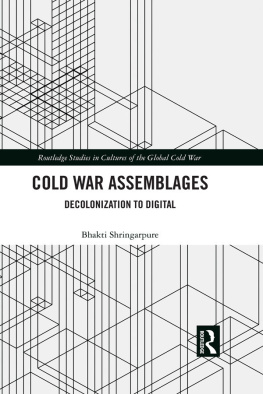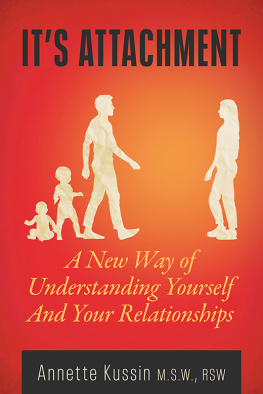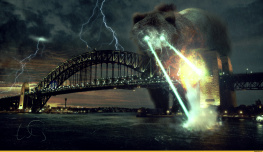Vowinckel Annette - Cold War Cultures
Here you can read online Vowinckel Annette - Cold War Cultures full text of the book (entire story) in english for free. Download pdf and epub, get meaning, cover and reviews about this ebook. publisher: Berghahn Books, Incorporated, genre: Politics. Description of the work, (preface) as well as reviews are available. Best literature library LitArk.com created for fans of good reading and offers a wide selection of genres:
Romance novel
Science fiction
Adventure
Detective
Science
History
Home and family
Prose
Art
Politics
Computer
Non-fiction
Religion
Business
Children
Humor
Choose a favorite category and find really read worthwhile books. Enjoy immersion in the world of imagination, feel the emotions of the characters or learn something new for yourself, make an fascinating discovery.
- Book:Cold War Cultures
- Author:
- Publisher:Berghahn Books, Incorporated
- Genre:
- Rating:3 / 5
- Favourites:Add to favourites
- Your mark:
- 60
- 1
- 2
- 3
- 4
- 5
Cold War Cultures: summary, description and annotation
We offer to read an annotation, description, summary or preface (depends on what the author of the book "Cold War Cultures" wrote himself). If you haven't found the necessary information about the book — write in the comments, we will try to find it.
Cold War Cultures — read online for free the complete book (whole text) full work
Below is the text of the book, divided by pages. System saving the place of the last page read, allows you to conveniently read the book "Cold War Cultures" online for free, without having to search again every time where you left off. Put a bookmark, and you can go to the page where you finished reading at any time.
Font size:
Interval:
Bookmark:
Chapter 1
EAST EUROPEAN COLD WAR CULTURE(S)
Alterities, Commonalities, and Film Industries
Marsha Siefert

At one end of Budapest's Freedom (Szabadsg) Square stands a tall obelisk topped by a five-pointed star, with a dedication in Hungarian and Russian to the Soviet heroes who died liberating Budapest from Nazi occupation in 1945. It is surrounded by a person-high metal barricade, which was put up after the monument was defaced during the October 2006 demonstrations against the Hungarian government, on the fiftieth anniversary of the 1956 revolution. Across the walkway, for several months in 2008, stood a two-story tent, erected by a Hungarian nationalist organization and topped by a Hungarian flag. In front of the tent were three large wooden crosses, the taller middle one with two cross-pieces; on the highest cross-piece was nailed a map of pre-Trianon Hungary, with the lost territories colored in black. The sign in English and Hungarian proclaimed that the Hungarian flag had stood in that place and had been unlawfully torn down after 1945. Just a few paces from the monument and its constructed response, also on Freedom Square and enclosed by a person-high metal barricade, is the United States Embassy.
Symbol elision, juxtaposition, and overload are not unusual in Eastern Europe, even after the twentieth anniversary of the fall of communism. Such abundant referents challenge any attempt to generalize about a cultural past in a part of the world so filled with boundary changes and so saturated in human tragedies. For this essay, which attempts to grapple with ways in which to approach the topic of Cold War Culture in this region as a whole, the assemblage on Szabadsg Square links politics to culture, past to present, Europe to the Cold War, one superpower to another, while forging the longer-term historical trajectories so critical to differentiating the nations included in the Cold War geopolitical term Eastern Europe. To speak of cultural commonalities, however, seems to go against the very heart of scholarship from this part of Europe since the fall of the Wall. Scholars from Hungary and Poland, Romania and Bulgaria, the emerged or reemerged countries of the Czech Republic and Slovakia, the former Yugoslav republics and the Baltic states, have rein-vigorated national continuities in historicist terms. If Cold War Culture is mentioned, scholars from post-Socialist countries often see it as a limiting lens through which Western scholars interpreted everything, suppressing national specificities and reducing cultural products to the political. East European efforts to reclaim four decades of culture from ideological evaluation have revitalized the study of postwar music, art, film, and literature, with new themes of memory and everyday life and re-evaluated examples of aesthetic achievement.
Yet now, twenty years on, as most of these nations have become part of a new European aggregation, it may be possible to ask whether the new scholarship on the Cold War, and especially Cold War Culture, has anything to offer in thinking about the East European Cold War experience, without being either dominated or limited by that approach. This chapter will begin with some thoughts about how culture was linked to the Cold War in classic Anglo-American texts, and what happens when Europe is introduced into this equation. Particular attention will be paid to Eastern Europe, which in Cold War symbolic geography includes countries today considered part of Central and Southeastern Europe. Next, the East European organizations and institutions created for cultural exchange and dissemination will be described in terms of their participation in bilateral and transnational relations of cultural import and export. Finally, the film industry is used to explore the implications of this approach, because during this period making films in Eastern Europe without state participation would have been technologically and practically prohibitive and because films were such an important component of Cold War cultural diplomacy. Overall, the goal is to give the East a place in the elaboration and critique of the concept of European Cold War Culture.
Cold War + Culture
The Cold War is no longer what it used to be. The years since the dissolution of the Soviet Union have seen increased scholarly attention to the Cold War's origin and ending. One result is that the time frame has broadened: looking specifically at U.S.-Soviet relations, some date the start of the Cold War as early as 1917, from the American intervention in the Russian Civil War.
In the so-called cultural turn in scholarship on Cold War political and diplomatic relations, So too are the Western publications of dissident writings and the crises that arose in the process, from the Nobel prize awarded to Boris Pasternak to the well publicized defections and espionage scandals. The intertwining of high politics and high culture is a theme in contemporary accounts of its early decades.
In the context of the United States, using Cold War as an adjective to culture enlarges the frame to include cultural productsextending to attitudes and practicesspecifically directed toward the domestic audience, sometimes called the Cold War home front. Everyday life and its representation are part of the renewed interest in Cold War Culture.
However, the concept of Cold War Culture, even in the American case, has not been without its critics. Sometimes, for example, the Cold War seems to become a loose temporal marker for the 1950s, or for postwar America. In other cases it is used as an overdetermined metaphor that infuses cultural practice without adding to its understanding. Cultural transfer, whether of American Cold War Culture or its conceptualization, can no longer be treated as self-evident.
Decentering America and Adding Europe
Adding Europe to the concept of Cold War Culture immediately invokes the bilateral West-East frame, as patently manifested by the symbolic geography of a Europe divided into West and East. In its simplest form, the term European Cold War Culture could apply to European domestic cultural products and practices similar to those identified by American scholars and commentators. But the attribution is complicated by Europe's role in the bilateral context, because in the matter of culture, Europe set the standard of achievement and value. Both the United States and the Soviet Union had traditions of cultural enlightenment and saw themselves as latecomers to the cultural contest in European high culture.
Thus for Europe as a whole, and especially in Western Europe, it is sometimes difficult to separate what scholars label as Americanization from American Cold War cultural diplomacy. European reception of American Cold War Culture is part of a longer history of entangled cultural values.
European scholars have endeavored to introduce a more nuanced picture of the relationship between the United States and Western Europe by using the concept of Westernization, which emphasizes the emergence of a transatlantic community of values. Here, cultural transfer is less about imposition and more about cooperation among the Western European countries, and importantly differentiates among the postwar histories of the many national and interest groups. affirms that generalizing about Europe or even Western Europe is fraught with qualifications and exceptions.
Europe is also a part of the enlarged spatial conception of the global Cold War. The Cold War context certainly affected the way in which the postwar decolonization of European empires as well as the proxy and covert wars between Communists and anti-Communists that took place on Third World soil. But the Cold War did not determine the outcome. These European relations reached across the Iron Curtain as well.
Next pageFont size:
Interval:
Bookmark:
Similar books «Cold War Cultures»
Look at similar books to Cold War Cultures. We have selected literature similar in name and meaning in the hope of providing readers with more options to find new, interesting, not yet read works.
Discussion, reviews of the book Cold War Cultures and just readers' own opinions. Leave your comments, write what you think about the work, its meaning or the main characters. Specify what exactly you liked and what you didn't like, and why you think so.

